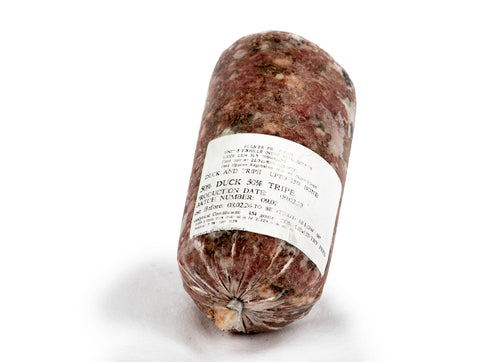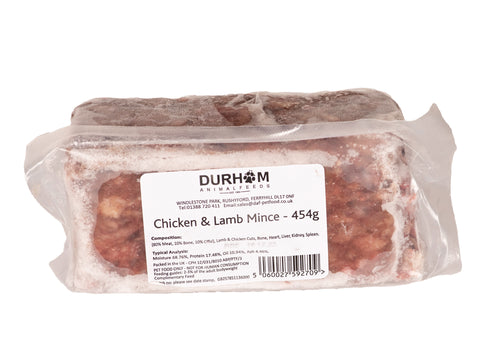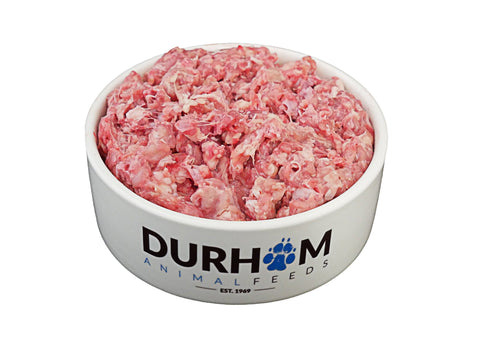Guide To Caring For Tropical Fish

There is a wide choice of tropical fish available, but make sure you do your research first, as certain types may fight if put together.
Remember fish kept in an aquarium are totally dependent on you for their welfare.
Choosing Your Tropical Fish
There is a wide variety of tropical fish to choose from and although many can be mixed together in an aquarium, care must be exercised with respect to compatibility for temperature requirements, feeding habits, water quality and sociability. It is recommended that you find out how big your chosen fish are likely to grow.
A healthy fish should:
Swim easily through the water and be active
Not gasp at the surface of the tank or swim in a peculiar manner
Have scales that cover the body evenly without any cuts or growths
The Tank
There is a great variety of designs and sizes to choose from, depending on the space you have available.
The tank must be placed either on a specially designed stand or a strong rigid surface, with an expanded polystyrene mat underneath the tank. Ensure the surface will be able to hold the tank once it is filled with water. Position the tank away from windows, as daylight encourages algae growth, and also away from heat sources.
Remember that a full tank is heavy so never move a tank containing water. Handle with great care and transport horizontally.
The Equipment
A heater thermostat is essential to maintain optimum water temperature.
The temperature should be between 20∫-26∫C (70∫/80∫F) depending on the type of fish you choose, and you should monitor it daily with a thermometer.
A filtration system is required to maintain good water quality, which is essential for the health and well-being of your fish. The filter will breakdown levels or ammonia and nitrites to a safe level.
Purpose-built lighting systems will bring the tank to full life and stimulate plant growth. Too much light will result in excess growth of green algae whilst too little light will cause plants to die.
For tidiness and safety, it is sensible to connect all wiring to a control panel.
Gravel And Rock
Use only suitable gravel and rock that your pet shop advise. The material should be thoroughly washed before placing in the tank.
Selection Of Fish And Plants
There is a wide variety to choose from, but always seek advice from your pet shop as to the suitability of your chosen selection. Plants will aid in maintaining optimum water quality and certain types of fish like to
eat plants.
Do not exceed the number recommended for your particular set-up.
Plants should be planted thickly for the best effect, but they may need thinning out once established. Artificial plants are also available.
Setting Up Your Tank
– Thoroughly rinse your new tank with clean water, then cover the bottom with carefully washed gravel. If you are using an under gravel filter install this first, spread the gravel across the base of the tank, sloping from back to front. The rock can be partially buried in the gravel.
– You may also wish to add some aquatic ornaments, rocks, and plants.
– Slowly fill the tank with water and install the heater and airline from the pump to the filter before connecting to the mains point.
– Always use a water conditioner to make the tap water safe.
– Introduce the fish only when the water quality is suitable.
– Your retailer will advise you on the number of fish you should keep in your chosen set-up.
Maintenance
Once established your system should require little maintenance apart from daily water temperature checks with a thermometer.
Once a fortnight, siphon off approximately 5 cm of water and replace with fresh, conditioned water. Never use hot water from the domestic supply. At least every 18 months, completely empty the tank (keeping the water to refill afterward) and clean the rocks and gravel. Make sure everything has been replaced carefully.
Remove uneaten food, rotting plants and excreta regularly.
Introducing Your Fish Into The Tank
– Turn the tank light off, keep noise and movement to a minimum to help reduce stress.
– Float the unopened bag in the top of the tank for at least 15 minutes to regulate any temperature differences – this avoids shocking the fish.
– Open the bag and slowly allow some tank water to enter it so your new fish can get used to the difference in water. Wait a few minutes, then allow more tank water into the bag before gently releasing your fish into the tank.
– Turn the light back on after two hours.
– Seek advice from the retailer when purchasing your fish and ensure you are introducing compatible species.
– Do not add too many fish at once, as this puts too much pressure on the filter and fish can suffer. Check your tankís water condition is optimum before adding any further fish.
Food And Water
Feed sparingly according to the manufacturers instructions and be careful not to overfeed. Provide suitable food for all species of fish in the tank.
Handling
Handling fish should be kept to a minimum and cause as little stress as possible. Use a net to catch the fish – gently corner it and catch it quickly. Place the fish gently in a holding receptacle that contains water from the tank.
Shopping List
Aquarium tank
Rock/stones
Plants
Gravel
Heater
Thermometer
Test kit
Water conditioner
Filter
Food
Ornaments
Remedies
Book on tropical fish care
The Animal Welfare Act 2006 means all pet owners have a legal duty of care to their pets. Anyone who is cruel to an animal or is found not to be providing the five animal welfare needs, as listed below, can be
fined and sent to prison.
The Five Animal Welfare needs:
1. Environment: Pets should be given the correct housing according to its size, this includes shelter, space to exercise and a secure, comfortable place to rest.
2. Diet: Pets should be offered the correct type and volume of food to cover all their nutritional needs alongside access to clean, fresh water.
3. Behaviour: All pets should be allowed to exhibit normal behaviour patterns and should be provided with the facilities to do so.
4. Company: Some animals require the company of their own kind, whilst others should be kept on their own.
5. Health: All animals should be protected from pain, suffering, injury, and disease, and given veterinary treatment if they become sick or injured.
Credit to The Pet Charity www.thepetcharity.org.uk
Registered Charity No: 1052488







